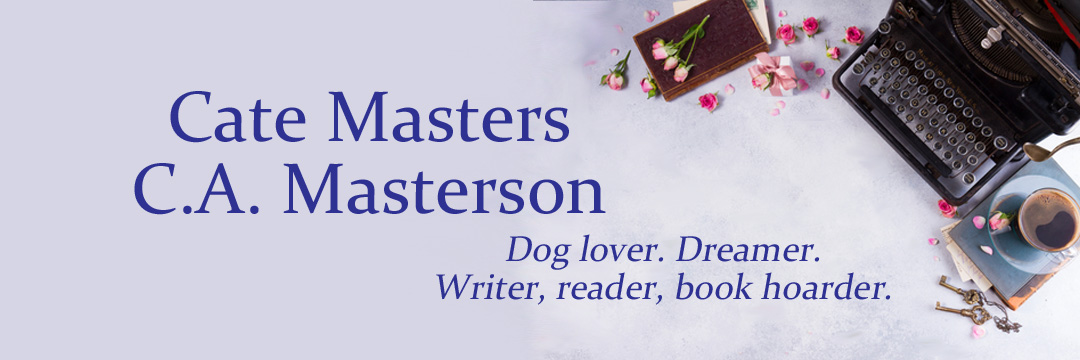Sol Stein, who acted as editor for James Baldwin, Elia Kazan, Jack Higgins, Jacques Barzun, David Frost, Budd Schulberg, Dylan Thomas and Lionel Trilling, provides some good insights in his article, Six Points About Character, Plot, and Dialogue You Wish You'd Have Known Yesterday.
I wish I had a great editor like him for my stories! According to Sol, the editor’s job is to “help the writer realize the writer’s intentions” because “writers are wrong.” In some cases, this is true. Some of my stories have a great premise, but for some nebulous reason I can’t quite pinpoint myself, they don’t work. Sometimes a critique partners can pinpoint it, but a great editor would nail it for me. Maybe I should send Sol those stories…
Pay heed to his contention that “characters make your story” (a book you don’t have to read, he says, because the title says it all). Publishers tout thousands of books on writing and story arc and narrative design. Yes, it’s all about the story, but if a story’s characters are weak, who will care about them? It’s imperative for a writer to know his characters inside and out. Like an actor preparing for a role, a writer should do his/her homework beforehand, so that when s/he sits down to write, s/he can easily step into that character’s skin. Inspiration for Writers’ web site provides a chart to help flesh out each one.
I tend to disagree with Sol’s fifth point about conflict. I lean toward the 188+ Hero’s Journey folks’ view that “A pervasive myth argues that the essence of story is conflict. This is extremely misleading. The essence of all successful stories and Hollywood blockbusters is Journey, Transformation, Detachment and Attachment.” They cite The Godfather, Kramer vs. Kramer, The Lord of the Rings and other successful movies as examples. This idea goes back to character development. If a character undertakes a journey and is transformed, the reader goes along for the ride. The more a reader is invested in a story, the harder it will be for the reader to stop reading it.
Conflict can achieve this, too, but some conflict tends to be on the surface, whereas a character’s transformation, if done well, completely engages a reader. On the other hand, conflict can be internal as well as external, as explained in Caro Clarke’s article. According to Jess Lebow, conflict should be taken to the max.
Depending on whether your story is mystery, literary, scifi or romance (or any of the many subgenres), the genre itself may lend itself to conflict. Good advice is to read as many novels or stories in that genre as possible by writers you admire. Study the story structure. And, as always, keep writing.
